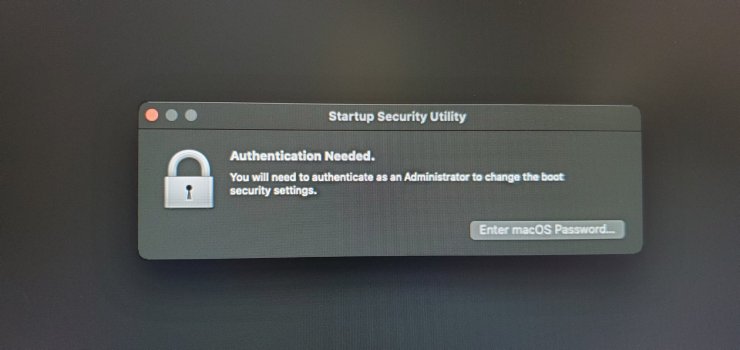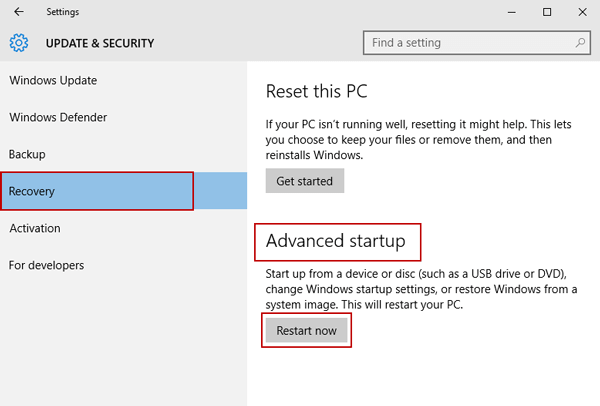

This key has been changed in OpenCore version 0.7.2. OpenCore has a SecureBootModel key that adjusts the Apple Secure Boot mode to make it similar to Macs. There are no requirements on the boot operating system. No Security: other systems or versions different from those mentioned in the secure options are allowed.Lets you boot any signed version of macOS in which Apple has ever trusted. Medium Security: Checks that the installed version of macOS is legitimate but not the integrity of the system.If the check fails, the system offers to reinstall macOS or boot from a different disk. It also checks the integrity of the installed version. Full Security: Only allows to boot the installed operating system or another signed version of macOS in which Apple currently trusts.Apple Secure Boot only works during the boot process, once macOS is running it no longer performs any function. I'm also interested in the relationship between BIOS secure boot and OpenCore secure boot.Īpple Secure Boot is the technology used in Macs to verify the integrity of the operating system at boot: boot loader > kernel > snapshot of the system volume. This post is based on this guide next to my personal experience.

Note: it is highly recommended to read the Dortania guide where this process is explained in detail. Note that if you're on an Arm-based Windows RT PC, you can't disable secure boot because these devices have a locked boot loader.Building a CustoMac Hackintosh: Buyer's Guide That's for how to disable secure boot in Windows 10. Next, press F10 to save the changes and exit the UEFI settings.

Note: Depending on the motherboard's BIOS/ UEFI firmware, the Secure Boot option will be found on the "Boot", "Security", or "Authentication" tab. Use the arrow key to go to Secure Boot option and then Use + or – to change its value to Disable. Once you're on the UEFI utility screen, move to Boot tab on the top menu. Your system will restart and take you to the UEFI BIOS. Now you will be presented with the Choose an option screen, simply select Troubleshoot.Ĭlick the Restart button. The comptuer will reboot to a special menu. Nest, select Recovery from the left menu and you can see Advanced startup at the right side.Ĭlick Restart Now under Advanced startup option. Then in Settings window, choose Update & security. You can get there by clicking the gear icon on the Start menu. Part 1: Access "UEFI BIOS" by PC Settings How to boot from a USB drive in Windows.UEFI (Unified Extensible Firmware Interface) is a standard firmware interface for new PCs pre-installed with Windows 8/10, which is designed to replace BIOS (basic input/output system).īasic steps: Access UEFI BIOS settings and disable "Secure Boot" option, then change "Boot List option" as "Legacy", and enable "Load Legacy Option Rom", then follow a traditional method to boot computer from USB device or CD-ROM. How to Disable UEFI Secure Boot in Windows 10 Computer


 0 kommentar(er)
0 kommentar(er)
